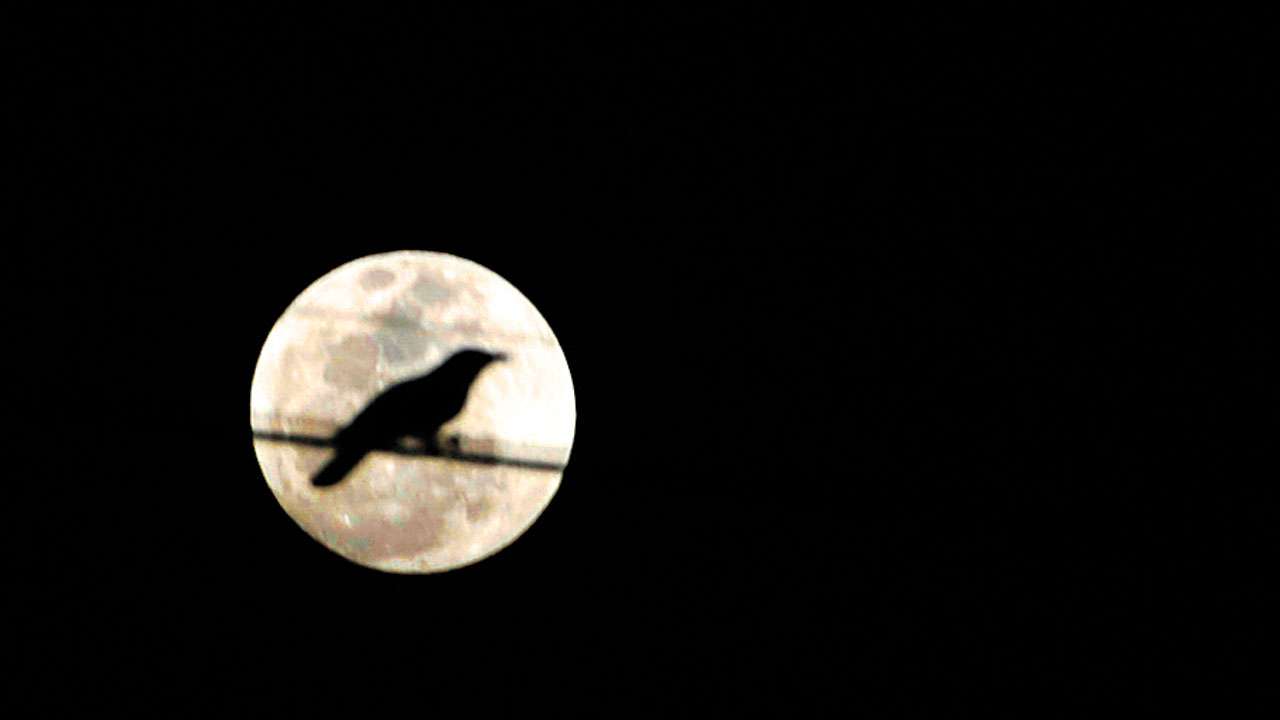
Returning home from work a little late in the evening, I was smitten by the breathtaking beauty of the supermoon. The bright, big moon, spectacularly framed by frills of clouds, with tinges of burnished browns gave it a very special appeal. The moon almost looked like it was flanked by cloud-petals. As I breathed in a few minutes of eloquent, energising silence, my phone distracted me. I had just gotten the location of the program to be attended the next day. As I looked at the location on the map, the quaint connect to the celestial treat up above brought a smile to my lips. The small, yet omniscient and omnipotent cell phone in my palm was also receiving locational communication from global positioning satellites (GPS) perched up right above us, in the sky.
As I thought of this, an interesting conversation with Shashwat Shukla, a young lawyer whom I met some years ago, popped up in my mind. I recall his passionate articulation for the need to legally regulate and address the problem of space debris. The last six decades of space activity has left residual material of over 8000 tonnes of matter drifting around like flotsam in space. This debris ranging from flakes of paint, metal pieces, nuts, bolts to abandoned parts of spacecraft and satellites is a major collision hazard for the satellites that are now functional and being used for a host of applications including weather, telecommunications etc. As I gazed at the sky again, this invisible space debris crowded my mind and 'tarnished' the burnished cloud-petals. Just as we have various missions to clean up and sanitise our surroundings, don't we need to also extend these to the sky-high garbage?
One such effort is the 100 kg satellite called RemoveDebris that rolls out a slew of scavenging measures high up in the heavens. One measure that has been tried out is the use of a net to 'trap' the debris. An innovative tracking effort uses vision-based navigation for this 'janitor-hunter' spacecraft to figure out how its 'trash-prey' is moving or rolling. These efforts can accelerate the process of catching such space junk. An interesting breakthrough was reported last week. This is a kind of skewer or harpoon that pierces the 'debris target' and swings it onto the 'janitor' satellite. This experiment was carried out from Guildford in the UK 'in the blind'. It also addressed concerns of the impact that the stubborn, bold debris may have on the harpoon, in turn impacting and destabilising the 'janitor' satellite.
BBC has reported that Katie Bashford, associated with this innovative effort shared that "The spacecraft went into its expected 'safe mode' and the team on the ground was then able to successfully stop the spinning and get RemoveDebris back into the normal orientation." While all these models are designed and tested with precision touching distances and times in infinitesimals, their impact would be had across the globe and skies. Can we also extend the 'reduce, recycle and reuse' concept in the realm of space for a more beautiful earth and sky? Simultaneously, can groups of students in our colleges and universities dabble with these real time, real life puzzles, thinking creatively for completely outlandish or crazy ideas to solve these issues? Can the debris not be harnessed in a 'satellite reactor' to harvest energy for fuel-stations in outer space, for instance?
Late into the night, as my sleepy mind wandered through these mind-boggling possibilities, the super moon again grabbed my attention. The dazzling moon raining silence, a quietude filled with poise, now brought the poetry of Izumi Shikibu, the revered poet, writer and member of the Japanese court to my mind. She wrote,
'Watching the moon at midnight,
solitary, mid-sky,
I knew myself completely,
no part left out.'
The author is a Harvard-educated civil servant & writer, and has worked in the education sector
jayanti.ravi.dna@gmail.com